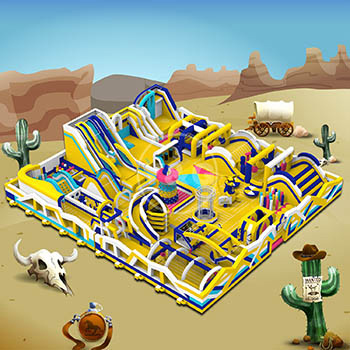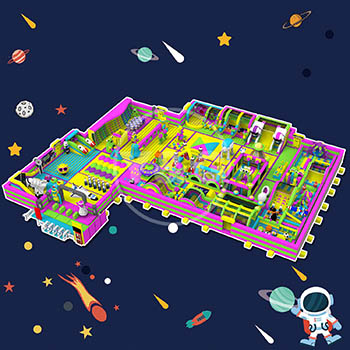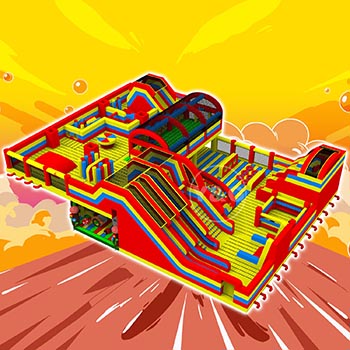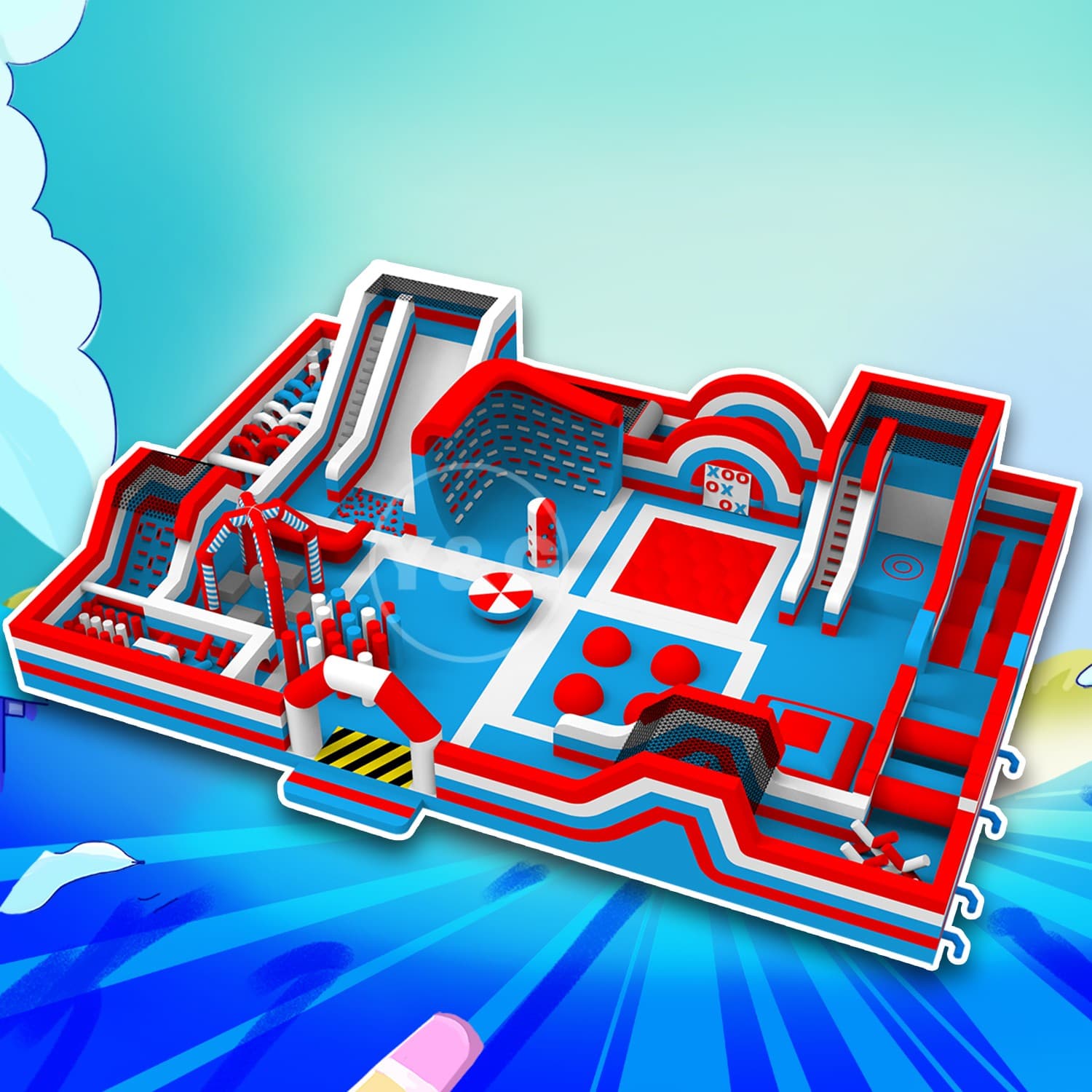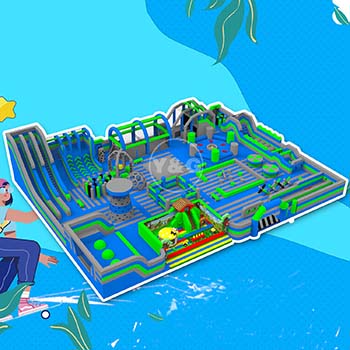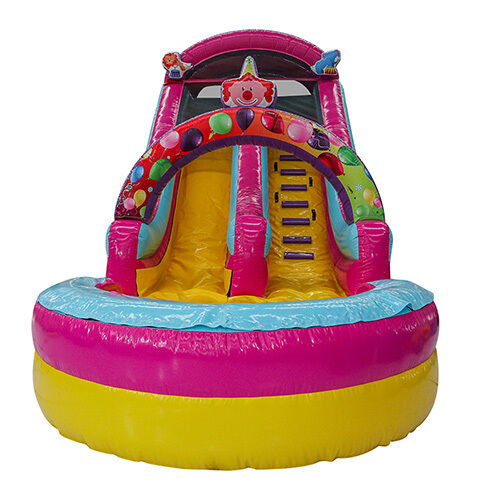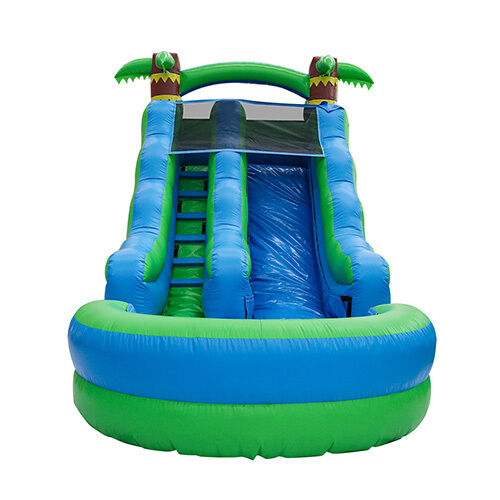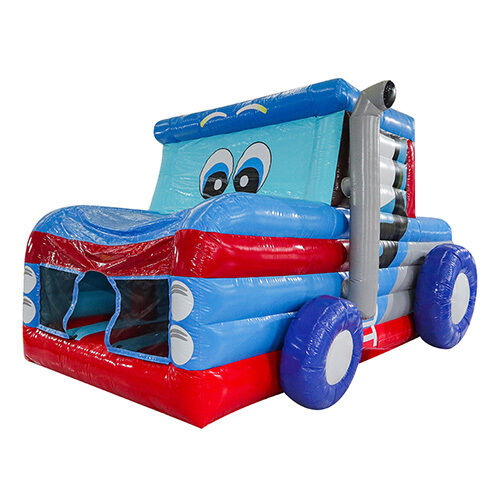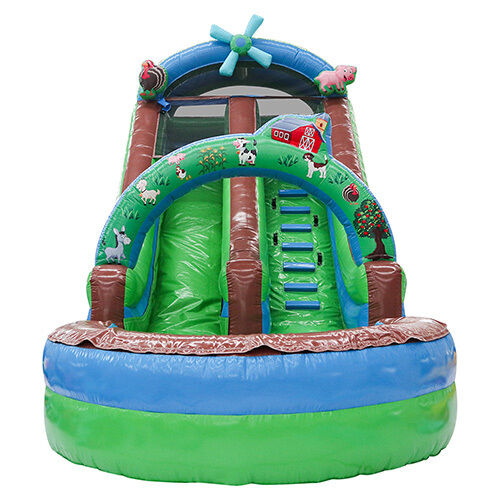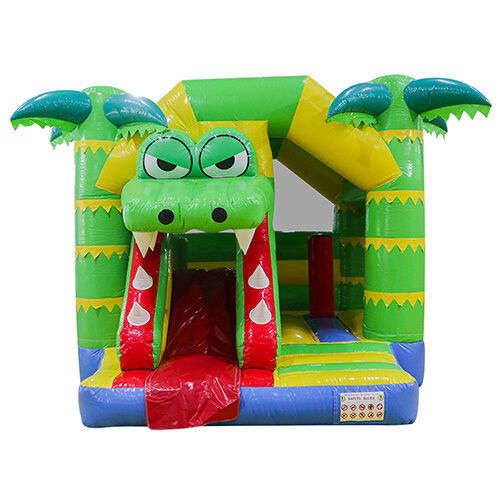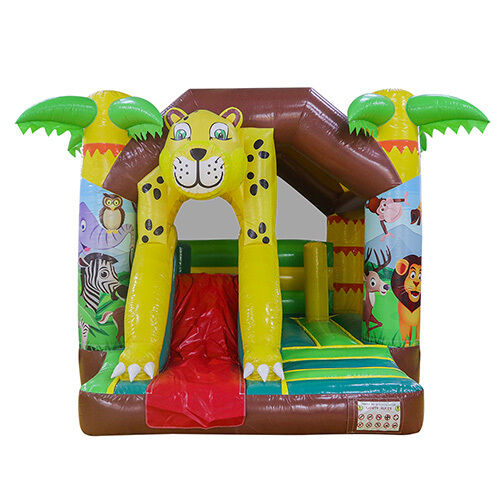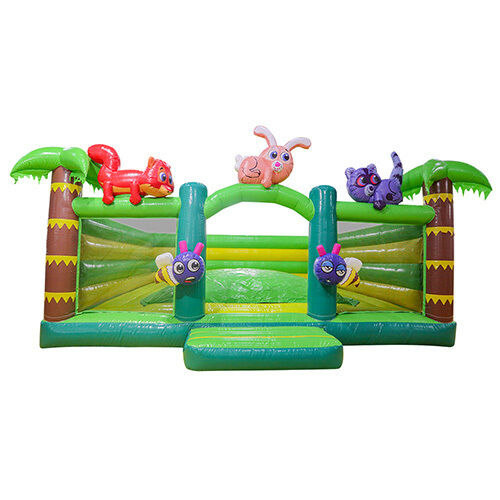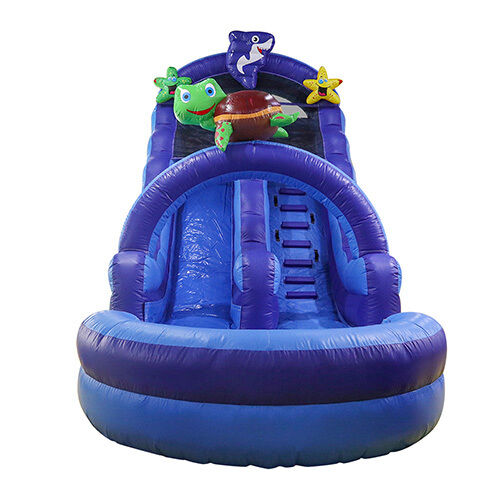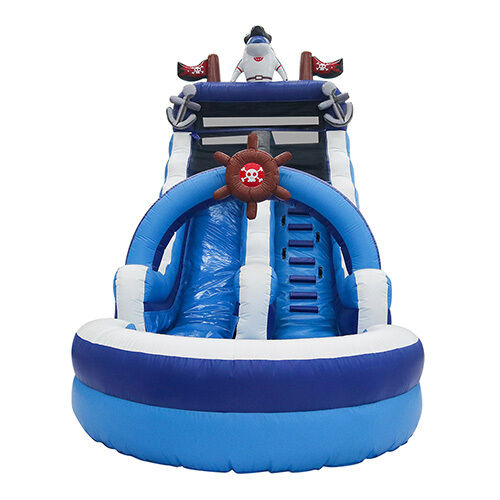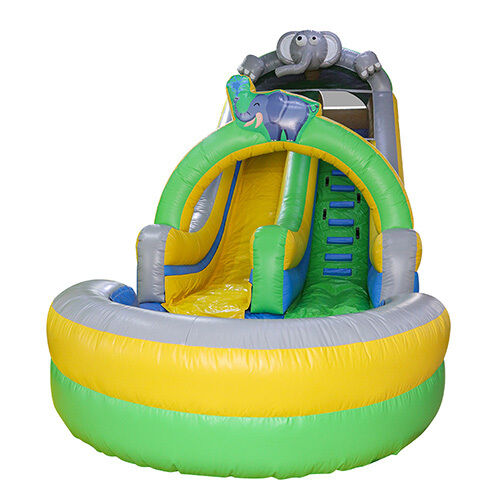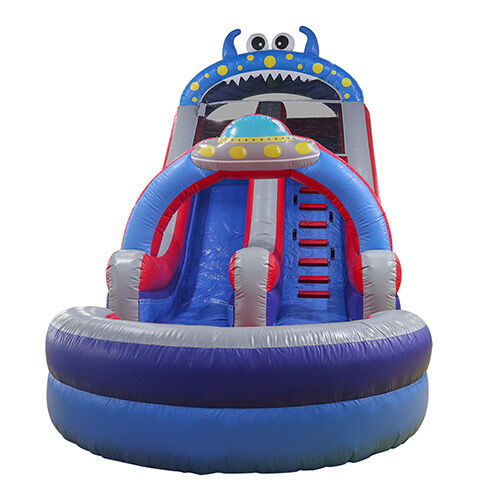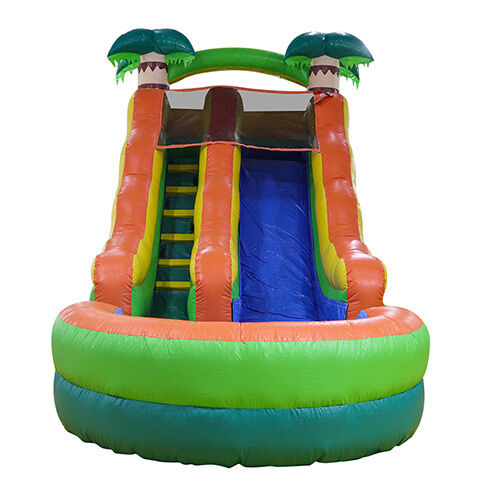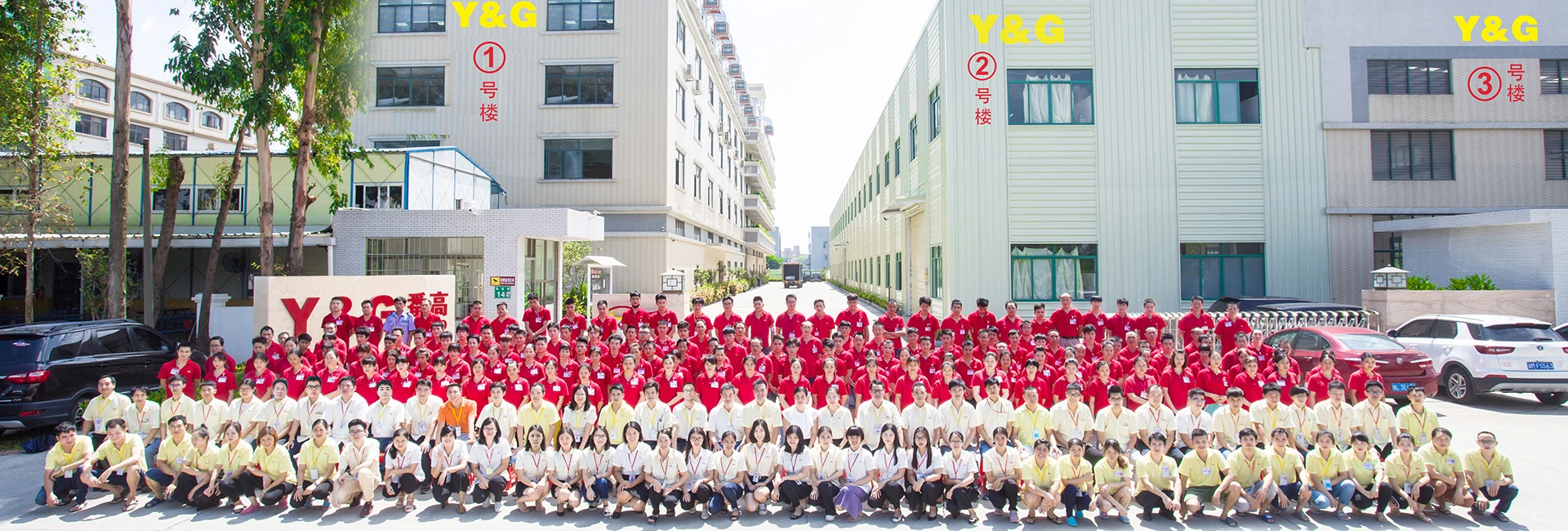Application of inflatable balloons
Inflatable balloons are common in our lives. You can always find them in some ceremony conditions. Today, let’s have a short discussion on the application of inflatable balloons.
Firstly, Decoration or entertainment
Party balloons are mostly made of natural latex tapped from rubber trees, and can be filled with air, helium, water, or any other suitable liquid or gas. The rubber's elasticity makes the volume adjustable.
Filling the balloon with air can be done with the mouth, a manual or electric inflator (such as a hand pump), or with a source of compressed gas.
When rubber balloons are filled with helium so that they float, they typically retain their buoyancy for only a day or so. The enclosed helium atoms escape through small pores in the latex which are larger than the helium atoms. Balloons filled with air usually hold their size and shape much longer.
Even a perfect rubber balloon eventually loses gas to the outside. The process by which a substance or solute migrates from a region of high concentration, through a barrier or membrane, to a region of lower concentration is called diffusion. The inside of balloons can be treated with a special gel (for instance, the polymer solution sold under the "Hi Float" brand) which coats the inside of the balloon to reduce the helium leakage, thus increasing float time to a week or longer.
Beginning in the late 1970s, some more expensive (and longer-lasting) foil balloons made of thin, unstretchable, less permeable metalized plastic films started being produced. These balloons have attractive shiny reflective surfaces and are often printed with color pictures and patterns for gifts and parties. The most important attribute of metalized nylon for balloons is its light weight, increasing buoyancy and its ability to keep the helium gas from escaping for several weeks.
Professional balloon party decorators use electronic equipment to enable the exact amount of helium to fill the balloon. For non-floating balloons air inflators are used. Professional quality balloons are used, which differ from most retail packet balloons by being larger in size and made from 100% biodegradable latex.
Secondly, Flying machines
Large balloons filled with hot air or buoyant gas (often hydrogen or helium) have been used as flying machines since the 18th century. The earliest flights were made with hot air balloons using air heated with a flame, or hydrogen; later, helium was used. Unlike airships, balloons' travel is directed exclusively by wind.







